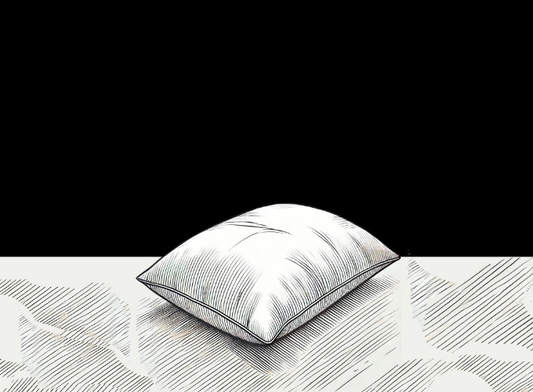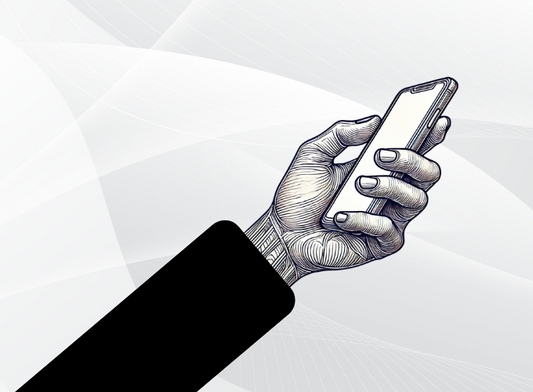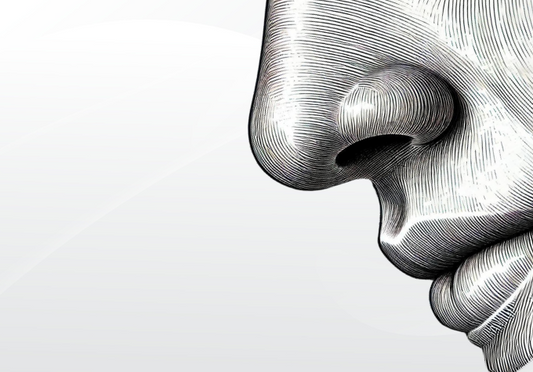We’re a team of engineers, neuroscientists, and artists from UC Berkeley and Ilmenau University of Technology that summarize neuroscience studies. We then propose our own theories and experiments to enhance the study, advancing our mission to maintain and maximize human cognitive performance to help people sleep, focus, and relax.
Imagine this: the light from reading this article isn’t just straining your eyes—it’s also affecting how your body processes food. Yes, you read that right. The light in your environment might be quietly influencing your metabolism, even when you’re just browsing the web. This fascinating idea sparked a group of researchers to dig deeper and uncover how something as simple as light could be shaping how we store and use energy.
Their mission? To find out if light is messing with how our bodies handle food and energy, beyond just keeping us awake.
The Original Experiment
It all began with an earlier experiment that looked into how light affects our sleep. The researchers discovered that artificial light at night throws off our natural sleep patterns, leading to more than just tired eyes—it also contributes to weight gain. This unexpected link between light, sleep, and weight got the team thinking: if light can impact how we sleep and gain weight, could it also affect our metabolism?
Driven by this curiosity, they designed a new experiment to explore how light influences our body’s ability to manage blood sugar levels (how we process energy from food), produce heat (how our body stays warm), and store fat. But here’s the twist: they wanted to see if light could mess with these processes in a way that didn’t rely on our usual sleep-wake cycle.
The New Experiment
To find out, the researchers set up an experiment with two groups of mice. One group followed a regular light cycle—light during the day and dark at night. The other group had constant light and no breaks. The goal? To see how this constant light exposure would mess with their metabolism.
The team measured all sorts of things: the mice’s blood sugar levels, body temperature, how much they ate, and how much fat they stored. They also monitored their behavior, such as how active they were and when they slept. By comparing the two groups, they hoped to figure out exactly how light exposure influenced their metabolism.
The Results
Here’s what they found:
- Blood Sugar (Glucose): The mice under constant light had wild swings in their blood sugar levels—sometimes too high, sometimes too low. In simple terms, their bodies were having a hard time managing energy from food.
- Body Heat: These constantly lit-up mice also had lower body temperatures, which means their bodies weren’t producing as much heat. This slowdown in heat production suggests their metabolism wasn’t running as efficiently.
- Fat Storage: Despite not eating more than the other group, the constant light mice gained more fat. It was as if their bodies were being tricked into storing energy as fat instead of burning it.
What Did We Learn?
So, what’s going on here?
Let’s start with the basics: Think of your body as a well-tuned machine that runs on a daily rhythm—the same rhythm that makes you feel sleepy at night and awake during the day. Light plays a big role in controlling our sleep when it interacts with the light sensor cells in your retina (ipRGCs) which then signal to the part of the brain that impacts your internal clock rhythm, called the suprachiasmatic nucleus (SCN). The SCN then tells your body when it’s time to sleep, wake up, and even when to release certain hormones.
Here’s where it gets interesting. Light doesn’t just influence your sleep. The same signals that tell you when to feel sleepy or awake also play a direct role in how your body handles food and energy. When light hits your eyes, your SCN communicates with other parts of your body to manage processes like when to eat and how to use or store energy. In other words, light can regulate your metabolism independently of your sleep cycle. This discovery shows that light exposure can directly influence your metabolism—sometimes bypassing your internal clock altogether. This might explain why the constantly lit-up mice in the experiment gained weight, had messed-up blood sugar levels, and produced less heat.
Are we doomed?
Over the past decade, screen time from laptops, computers, and phones has more than doubled, with the average adult now spending over 7 hours a day in front of screens. This rise in artificial light exposure has coincided with a significant increase in obesity rates, which have climbed by more than 30% in the same period. The constant exposure to artificial light, combined with a more stationary lifestyle, could be reshaping our metabolism in ways we’re only beginning to understand.
But all hope is not lost. By understanding how light impacts our metabolism, we could develop new strategies to combat obesity and related conditions like diabetes—ironically, by using light itself. Studies indicate that timed exposure to light in the morning could help reset our internal clocks and improve metabolic health. Additionally, limiting intense artificial light before bedtime could help signal to our bodies that it's time to wind down, overpowering the effects of softer artificial light from our devices and making it easier to fall asleep – a solution our team of engineers and neuroscientists at Healyan are currently developing.
How does light impact our metabolism?
While the experiment revealed a lot, we are still left wondering how light impacts gut health?
We believe one possible answer to this question could involve hormones—those chemical messengers that tell your body what to do. Light exposure can cause quick changes in hormones like cortisol and insulin, which are both important for managing energy.
Let’s break that down. Cortisol is the stress hormone, but it also plays a key role in how your body uses energy. When light hits your eyes, cortisol levels can spike, telling your body to release sugar into the bloodstream—giving you a quick energy boost. Normally, this happens in the morning to help you wake up, but if light triggers this response at night, it can throw off your metabolism.
Similarly, insulin is the hormone that helps your cells absorb sugar from your blood. If light exposure messes with when and how much insulin your body releases, it could lead to sugar being stored as fat instead of being used for energy. This could explain why the mice in constant light gained weight without eating more food.
A Simple Experiment Idea
To test this theory, we recommend researchers set up a new experiment with two groups of mice. One group would be exposed to a brief burst of light during their usual dark period, while the other group remains in darkness. Both groups would have the same amount of food and exercise. The key difference? Light exposure.
Scientists would then measure changes in hormones like cortisol and insulin in response to the light. By comparing how these hormones affect metabolism—such as whether the mice burn or store energy differently—we could discover how quickly light starts to impact these processes.
Future Metabolic Research
This study shines a light (pun intended!) on how something as simple as light exposure can impact our metabolism, beyond just affecting our sleep. By digging into the science of how light influences our bodies, researchers are opening up new ways to improve our health—especially in our modern world, where artificial light is everywhere.
But as with any exciting discovery, there’s still more to learn. How fast does light affect our metabolism, and can we use this knowledge to stay healthy? Only time and more research will tell. But one thing’s for sure: the light around us isn’t just helping us see—it’s shaping how our bodies work at the most basic level.





